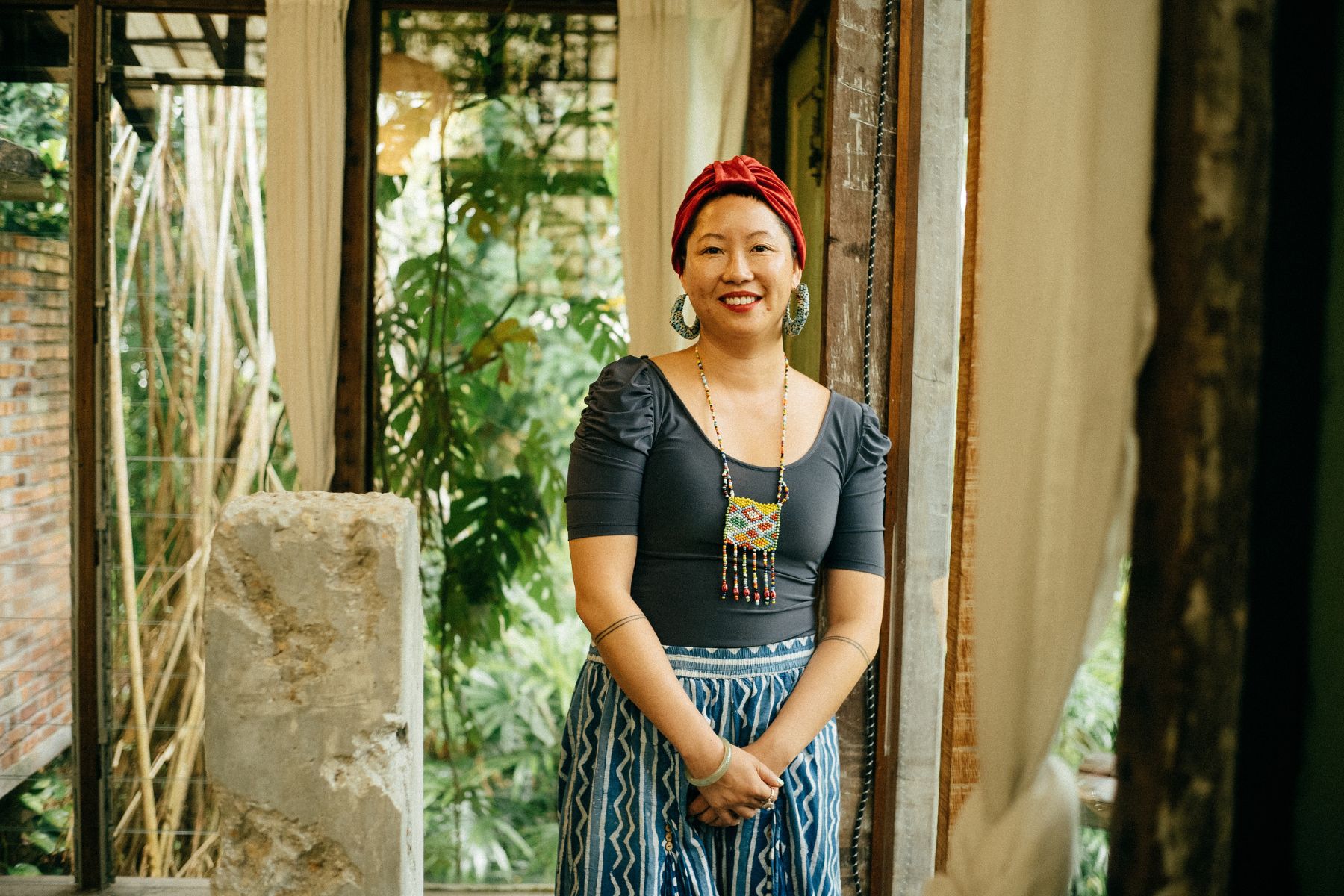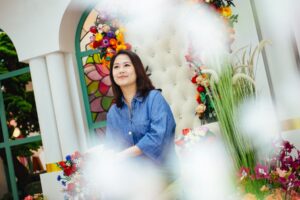In a world where mental health conversations are finally taking centre stage, unconventional methods of therapy like art therapy are beginning to gain recognition.
Su Mei Tan, an art therapist, has an incredible story of how she went from being an architect to discovering the power of art in healing.
In this interview, Su Mei shares how her winding path through different fields ultimately led her to embrace art therapy – not only as a career but also as a personal healing tool.
Discovering passion beyond architecture
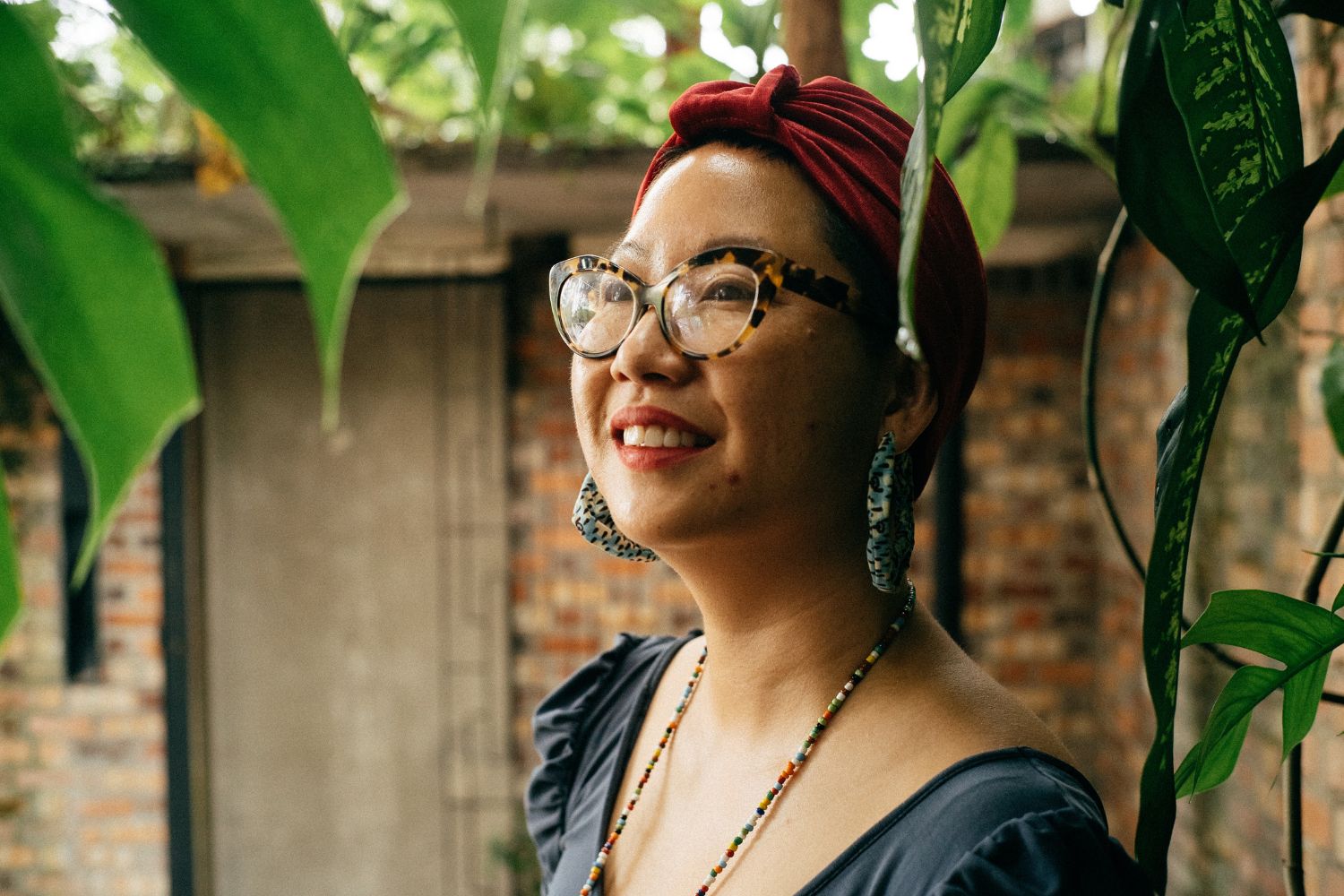
Growing up, Su Mei didn’t envision herself in the world of therapy. “My background was in architecture. I wasn’t allowed to study art as my first degree,” she begins. Like many who find themselves at a crossroads early in life, Su Mei pursued architecture without enthusiasm. “I completed the course, even though I didn’t like it.”
Her journey took a sharp turn after she co-founded an NGO focused on building infrastructure for communities in Uganda and Bolivia. “We built buildings for orphanages, designed fundraisers, and that’s when I realised that I wasn’t that concerned about how the building looked. I was more interested in what was happening inside – for the people living there.”
Su Mei found herself running art workshops for children in those communities, and it sparked something profound within her. “I found it so fulfilling,” she says, “that I wanted to work with people, not buildings,” she said.
But even after discovering her love for working with people, Su Mei’s journey toward art therapy wasn’t straightforward. She pursued a master’s in World Heritage, travelled to India for yoga teacher training, studied fashion in Paris, and found herself circling back to Malaysia. It wasn’t until she experienced her own mental health struggles – being diagnosed with bipolar disorder – that art therapy truly entered her life.
“I couldn’t work for a while, and during my time in the hospital, I found art therapy,” she says. From that moment, she was hooked. “I searched for art therapy and eventually went to Melbourne to study it. Since then, I’ve been working full-time as an art therapist and started my private practice.”
The healing power of art
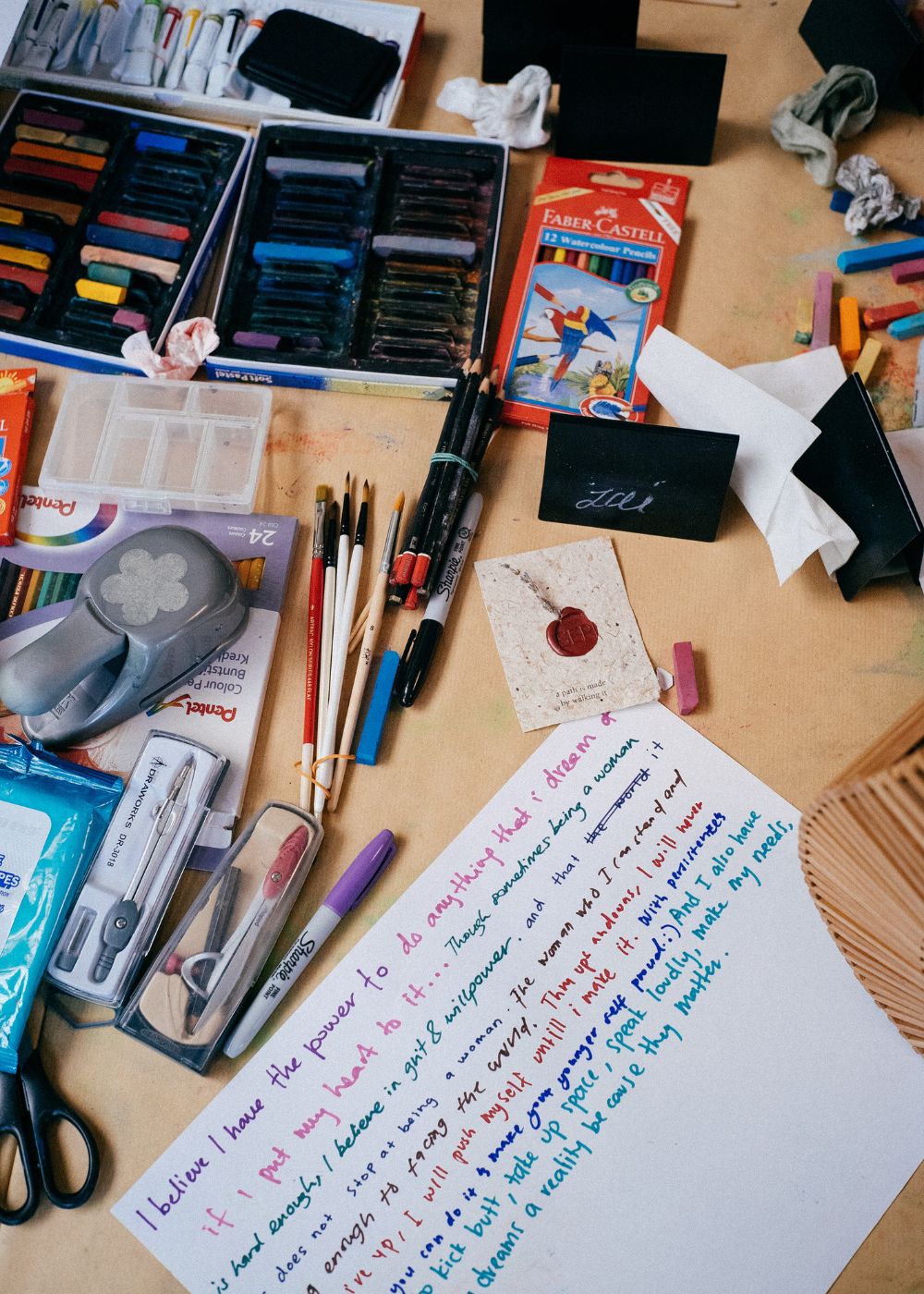
A common misconception, Su Mei explains, is that people think art therapy is about learning to create art. “It’s not an art class. I’m not teaching people how to paint or draw technically,” she clarifies. “Art therapy is about expression – how someone feels while creating, not about how the finished piece looks.”
Tan emphasises that artistic skill is not required. “You can be drawing stick figures, and it can still be incredibly profound. It’s about the meaning that is derived from the process, not the aesthetics.”
Art therapy can be particularly beneficial for clients dealing with anxiety, trauma, or disabilities. “Sometimes just the act of making art is therapeutic,” Su Mei explains. “We call it art for well-being. The act of drawing or painting can be calming and mindful.”
However, Su Mei also notes that the process can offer deep insights. “When you make art, you’re tapping into your intuition. It allows you to unlock self-realisation – what your heart truly wants.”
Interestingly, while Su Mei could interpret her clients’ artwork, she chooses not to. “The colour red, for instance, could mean many things – love, anger, hate. It’s not for me to decide what it means. I guide my clients to find that meaning for themselves.”
Difference between art therapy and traditional therapy
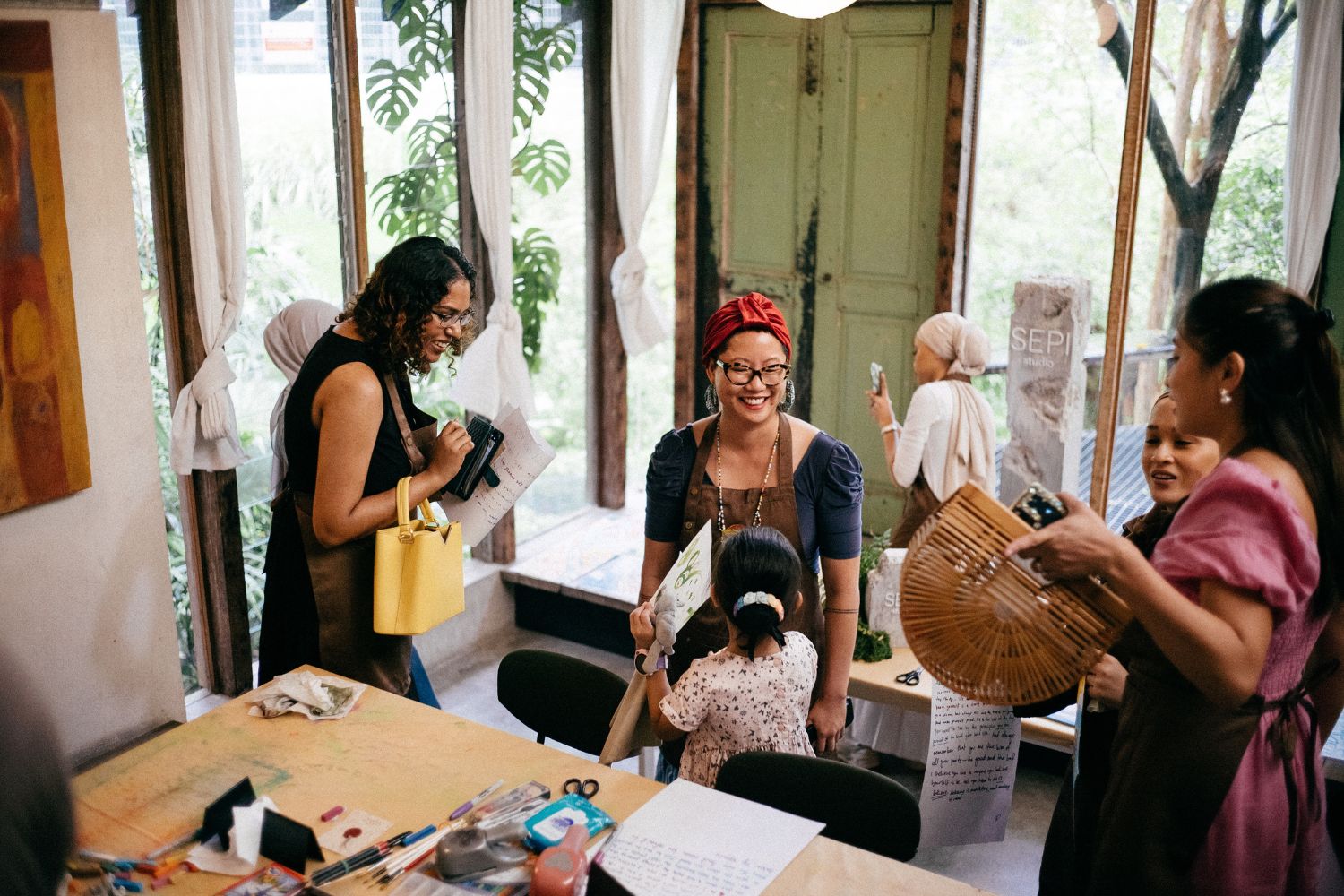
While traditional therapy relies heavily on verbal communication, art therapy provides another avenue for expression. “In art therapy, some clients might not talk at all, and that’s okay,” Su Mei says. “It’s also different in that I don’t give advice or strategies. I believe the insights clients gain from the process will naturally become their strategies.”
Creating art allows clients to express emotions they might struggle to put into words. “It moves people from their head to their body,” Su Mei explains. “When you make art, you physically manifest your thoughts and feelings, making it easier to express them.”
Su Mei uses various materials in her sessions, from soft pastels to clay and even tea ceremonies. “I usually let clients choose the materials they’re drawn to,” she says. “It’s all part of the process.”
For children, Su Mei notes that a wider range of materials is often needed to keep them engaged, while adults can work with fewer materials and still have profound experiences.
Progress in art therapy is more abstract than in traditional therapy. “I do write progress reports,” Su Mei says. “But more often, I’ll ask clients to rate how they feel at the beginning and end of a session. It’s usually clear from that how much they’ve benefited.”
For clients with permanent disabilities, art therapy becomes an ongoing process. “It’s not about fixing people,” she says. “It’s more like a mental massage. Clients can come in sporadically for a top-up when they need it.”
The future of art therapy in Malaysia
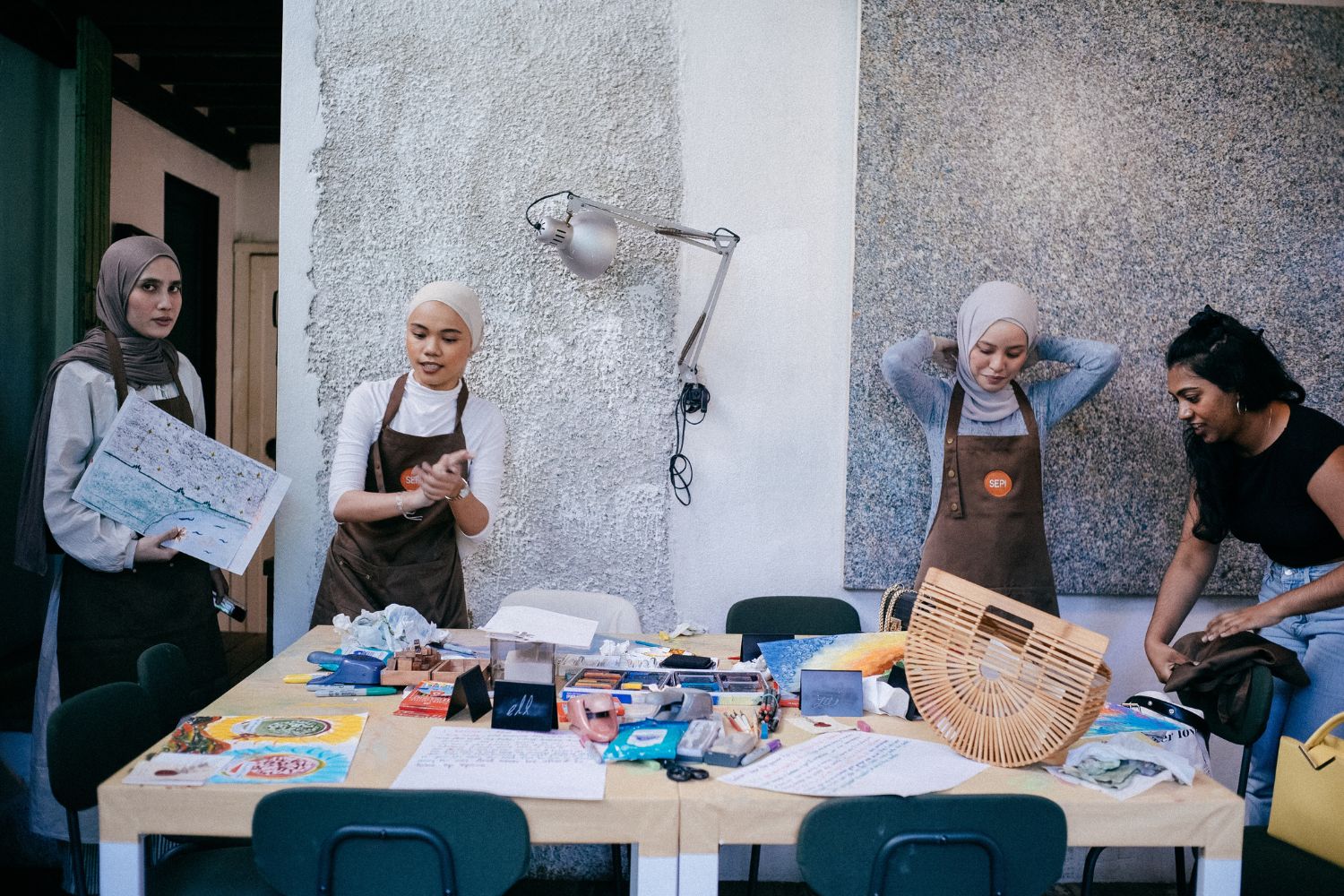
With mental health awareness growing, Su Mei is hopeful that art therapy will gain more recognition, especially in Malaysia, where it is still relatively unknown. “There’s a growing interest in mental health, but people are more familiar with talk therapy. I hope that will change as more people realise the unique benefits of art therapy.”
Reflecting on her own journey from architecture to art therapy, Su Mei highlights the potential for this therapeutic approach to be integrated more widely into various sectors. “In the future, I’d love to see art therapists working in schools alongside counsellors, and in hospitals as part of the treatment teams, just like in Australia. There, I’ve worked with inpatients and outpatients, alongside doctors, nurses, and social workers, particularly in psychiatric settings or with cancer patients, providing them with respite and support during challenging times,” she explains.
She also envisions companies in Malaysia benefiting from employee assistance programs (EAPs), where businesses could offer therapy sessions to highly stressed employees, boosting productivity and well-being.
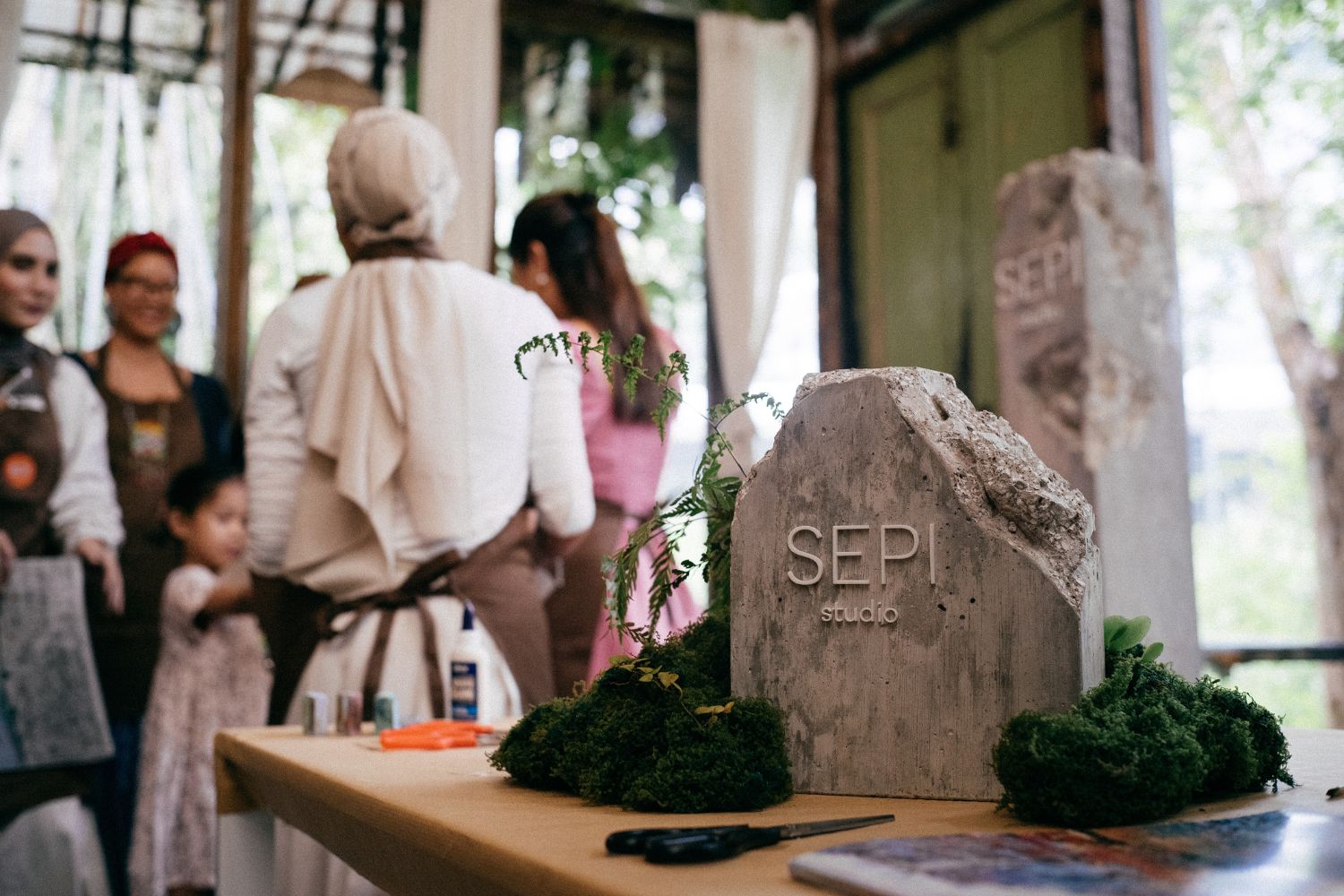
One of the key players in bringing this vision to life is Sepi, a clinically informed art therapy studio by Nyawa. In partnership with the Born This Way Foundation and Cotton On, Sepi is offering free art therapy workshops aimed at making this form of therapy more accessible to the youth of Malaysia. The studio’s January 2025 sessions are highly anticipated, with a waitlist open for early access.
“Sepi is already leading the way, providing free art therapy sessions, and it’s amazing to see. This could be a first step towards broader access for youth, and even corporate sectors could benefit from similar initiatives.”
For those interested in art therapy, you can find out more about Sepi and their transformative work here.
As the movement for mental health support grows, Su Mei believes that Malaysia is on the brink of integrating art therapy into schools, hospitals, and even workplaces, expanding opportunities for healing and self-expression across the nation.
Photography by Imran Sulaiman.
Read more stories about wellness here.


